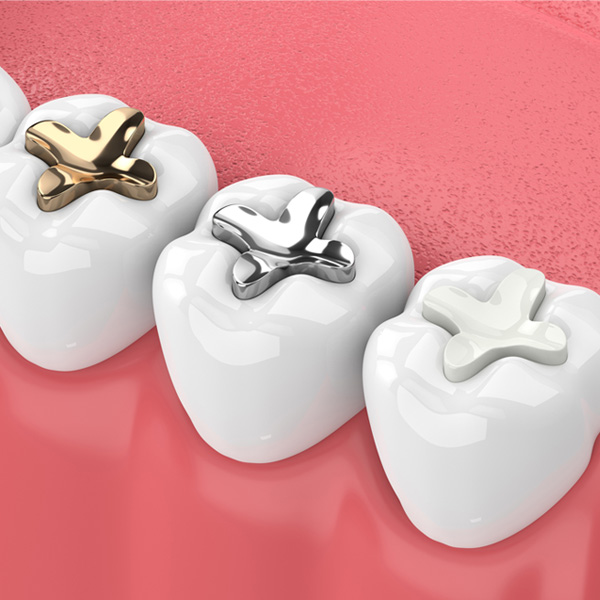Dental Fillings and Cavities
Traditional dental restoratives, or fillings, may include porcelain or composite. The strength and durability of traditional dental materials continue to make them useful for situations where restored teeth must withstand extreme forces that result from chewing, such as in the back of the mouth.
Newer dental fillings include ceramic and plastic compounds that mimic the appearance of natural teeth. These compounds, often called composite resins, are usually used on the front teeth where a natural appearance is desirable, as well as on the back teeth, depending on the location and extent of the tooth decay.
Which Dental Filling is Right for you?
Several factors influence the performance, durability, longevity, and expense of dental restorations, including:
- The components used in the filling material
- The amount of remaining tooth structure
- Where and how the filling is placed
- The chewing load the tooth will have to bear
- The length and number of visits needed to prepare and adjust the restored tooth
Before your treatment begins, our Dentist will discuss all the options and help you choose the best filling for your particular case.


